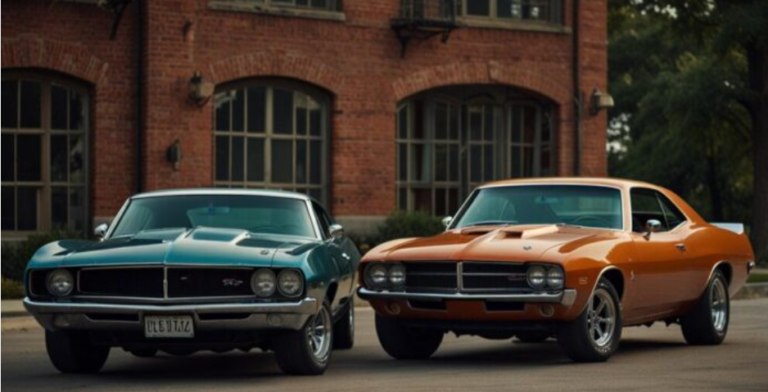Introduction to Best Beekeeping Suit
Beekeeping suits are essential protective gear for apiarists, shielding them from bee stings during hive inspections and honey collection. Let’s explore some of the best beekeeping suit available:
-
B.J. Sherriff Apiarist Full Suit with Integral Hood:
– Pros: Time-tested design, durable polycotton fabric, double-stitched seams.
– Cons: Limited availability, upcharge for larger sizes, no ankle spats.
– Details: This suit, developed in 1968, features an integrated hood (fencing veil) that can be unzipped and thrown back when not needed. It offers unmatched protection and has an estimated 15-year lifespan.
-
Humble Bee 410 Polycotton Beekeeping Suit:
– Pros: Affordable, comfortable, and washable.
– Cons: None reported.
– Details: A budget-friendly option made from polycotton fabric, suitable for both beginners and experienced beekeepers.
-
Ultra Breeze Beekeeping Jacket:
– Pros: Excellent ventilation, lightweight, and comfortable.
– Cons: Jacket-only design (no pants).
– Details: The Ultra Breeze jacket keeps bees out while allowing airflow, making it ideal for hot climates or long beekeeping sessions.
Tips to Wear your Best Beekeeping Suit
Wearing a best beekeeping suit properly ensures your safety and comfort. Here are some tips:
-
Inspect the Suit:
Before wearing it, check for any holes, loose seams, or damaged zippers. Repair or replace as needed.
-
Layer Up:
Wear lightweight clothing underneath the suit. Long sleeves and pants are recommended. Tuck your pants into your socks to prevent bees from crawling up your legs.
-
Gloves and Boots:
Use high-quality gloves that cover your wrists and boots that go over your ankles. Ensure no gaps between the suit and these accessories.
-
Zip Up Completely:
Close all zippers and fasteners. Make sure the hood is securely attached and covers your head and neck.
-
Adjust the Veil:
The veil should be away from your face but not too loose. It should allow good visibility without gaps for bees to enter.
-
Stay Calm:
Bees react to sudden movements and vibrations. Move slowly and deliberately. Avoid swatting or panicking.
-
Smoke:
Use a smoker to calm the bees before opening the hive. Smoke disrupts their communication and reduces aggression.
-
Inspect Regularly:
Check your suit for any bees that might have found their way inside. Remove them gently.
How to Extend the Lifespan of Your Best Beekeeping Suit?
Washing your best beekeeping suit is essential for maintaining hygiene and extending its lifespan. Here are some guidelines:
-
Frequency:
Wash your suit after every use or whenever it gets soiled. Beekeeping can be messy, and honey, propolis, and pollen can accumulate on the fabric.
-
Hand Wash Preferred:
Hand washing is recommended. Fill a basin with lukewarm water and mild detergent. Gently scrub the suit, paying attention to seams and cuffs.
-
Avoid Hot Water:
Avoid hot water as it can damage the fabric or cause shrinkage. Stick to cool or lukewarm water.
-
Rinse Thoroughly:
Rinse the suit thoroughly to remove all detergent residue.
-
Air Dry:
Hang the suit to air dry in a shaded area. Avoid direct sunlight, as it can weaken the fabric.
-
Storage:
Store your suit in a cool, dry place away from direct sunlight and pests.
Benefits of Wearing Best Beekeeping Suit
Wearing a best beekeeping suit offers several benefits:
-
Protection from Bee Stings:
The suit covers your entire body, acting as a barrier between you and the bees. It prevents accidental stings, especially in sensitive areas like your face, hair, and joints.
-
Increased Confidence:
Beekeepers feel more confident and in control when working with their bees while wearing a suit. Reduced anxiety and stress lead to better hive management.
-
Comfort and Ventilation:
Modern suits are designed for comfort, allowing you to work without feeling restricted. Some suits are aerated or ventilated, keeping you cool even in warm temperatures.
-
Aesthetic Coolness:
Let’s face it—beekeeping suits look pretty cool! They add to the overall experience and make you feel like a seasoned apiarist.
FAQs about Best Beekeeping Suit
-
What Should I Consider When Choosing a Bee Suit?
– Fit: A bee suit should never be too tight. It can be worn loose, but not baggy. Ensure it allows easy movement while properly covering your body, whether you’re standing straight or bending down.
– Quality: Look for sturdy materials, double-stitched seams, and heavy-duty zippers.
– Comfort: Opt for suits with elastic at the waist and ankles for a better fit.
– Hood Design: Consider integrated hoods (fencing veils) that can be unzipped and thrown back when not needed.
-
How Often Should I Wash My Beekeeping Suit?
– Wash your suit after every use or when soiled. Hand wash with mild detergent in cool or lukewarm water. Air dry in a shaded area.
-
Why Wear a Best Beekeeping Suit?
– Protection: Suits shield you from bee stings, especially in sensitive areas.
– Confidence: Wearing a suit boosts confidence and reduces anxiety during hive inspections.
– Cool Factor: Let’s admit it—beekeeping suits look pretty cool!












+ There are no comments
Add yours